Things you could do in the 2000s in Birmingham you can’t do now
and live on Freeview channel 276
We all breathed a sigh of relief when the year 2000 arrived and the world didn’t grind to a halt because of the Y2K computer bug. Birmingham welcomed the dawn of a new decade, a new century and a new millennium and set about more updates to our ever-changing cityscape. The Mailbox opened in 2000, followed by Millennium Point and the shiny new Bullring. Our food even won the city’s first Michelin star! Who wouldn’t want to be in Brum in the Noughties?
Let’s remind ourselves of the places we could go and things we could do in the 2000s that we can’t do now.
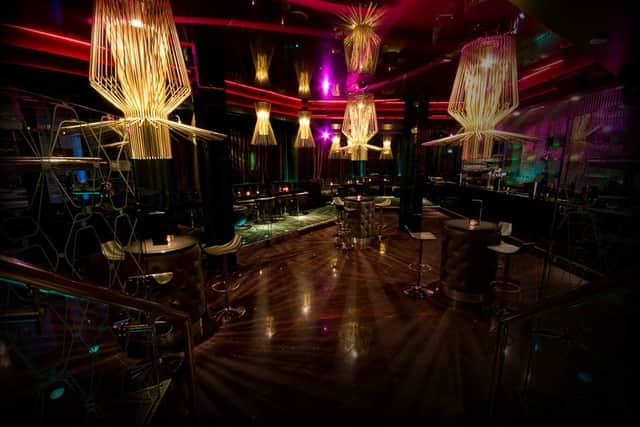

Where we drank in the Noughties
Advertisement
Hide AdAdvertisement
Hide AdMechu was one of Birmingham’s most glamorous bars, with private boots, VIP areas and Champagne girls. It opened in 2003 on Summer Row but closed 14 years later amid road closures and problems around the Paradise Circus demolition. Après Bar next door, with its Scandinavian lodge design, also closed soon after.
The Living Room was an upmarket bar and restaurant on Broad Street popular with footballers. It closed in 2009 and is now empty after a spell as Rub Smokehouse, where casual American dining and monster food challenges created a very different vibe.
Brannigans was nearby, advertising itself as the place to be for “eating, dancing and cavorting”, but closed after 10 years in 2008. Empty for a long time, cavorting is now back in the Bierkeller.
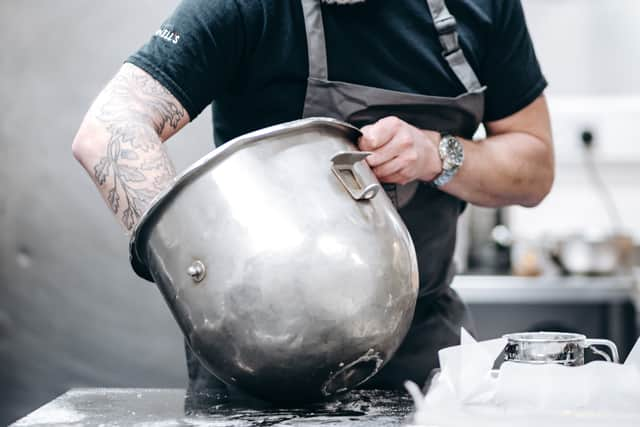

Where we ate out
Fine dining properly arrived in Brum when Glynn Purcell won the city’s first Michelin star at Jessica’s, two years after it opened in 2003 in Edgbaston. Two years later it closed when Glynn left to open his own restaurant. We also enjoyed top food at La Toque d’Or in the Jewellery Quarter, run by chef Didier Philpot on a site that is now The Wilderness.
Advertisement
Hide AdAdvertisement
Hide AdParis was the posh restaurant in the Mailbox, where the likes of Joan Collins dined. It won four AA rosettes but closed in 2006. And Michelle’s in Harborne became Michelin-starred Turners, now closed.
We also miss Tin Tin Cantonese in Brindleyplace, Horts wine bar in Edgbaston, The Bucklemaker and Red Bar in Temple Street. And did you sample the fare in Mokham’s of Digbeth, Blue Ginger in Kings Heath, Chez Jules in Ethel Street or Los Canarios, the city’s first Spanish restaurant? What with Franzl’s Austrian restaurant in Bearwood, you really could eat your way around the world without leaving Brum!
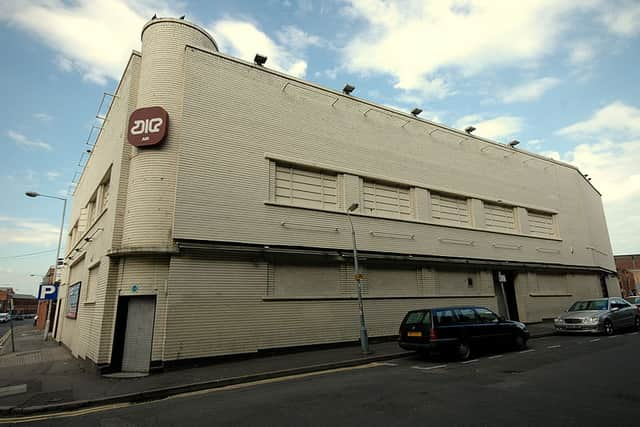

The Noughties nightclubs we loved
Originally a spray shop for buses, a vast site in Digbeth was bought by Godskitchen in 2000 and converted into a club, originally called CODE. In 2003 it rebranded to the superclub AIR. It had space for 2,000 and rooms called the Oxygen Arena, the Nitrogen Room and the Carbon Lounge. In 2002, resident Godskitchen DJ Fergie said: “It is one of the best sound systems I’ve ever played on, throughout the whole world.”
AIR hosted parties by Polysexual, Helter Skelter, Babooshka, Raveology and Atomic Jam until it closed in 2012. The space was empty for years until it reopened as Zumhof Biergarten.
Advertisement
Hide AdAdvertisement
Hide AdThe Sanctuary, the original Digbeth home of Godskitchen, continued throughout the Noughties. It became live music venue the HMV Institute in 2010 and then the O2 Institute.
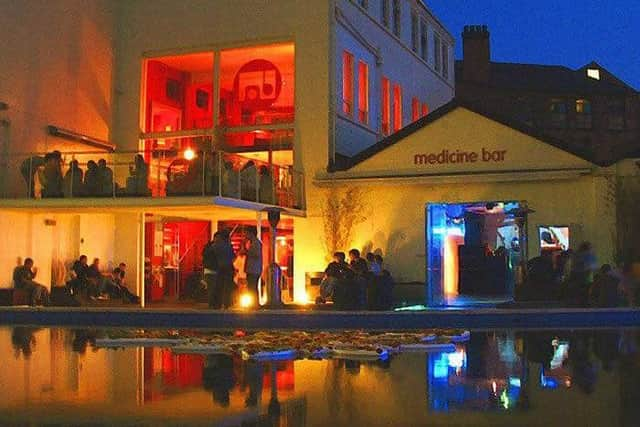

Medicine Bar at the Custard Factory held club nights through the Noughties before it closed in 2012. The outside space was particularly popular in the summer, as long as you didn’t fall into the fountain. It later became the Factory Club, 78 Bar Grill Club and Alfie Birds.
The Works on Broad Street became the biggest club in the city when Dome II closed in 2000, with a capacity of 2,400. In 2008 it had a £5 million revamp when it rebranded as Gatecrasher, and now it’s Pryzm. Down the road, The Church became Flares and is now Popworld.
Jewellery Quarter techno club TRMNL, in a Victorian factory in Vyse Street, had to close in 2009 after noise complaints. You might also have taken to the dance floor at DNA club on John Bright St, in what was the Futurist cinema, before it became Spearmint Rhinos lap dancing club. That was also the fate which befell Scarlets club on the corner on Horsefair.
Advertisement
Hide AdAdvertisement
Hide AdThe club with the ever-changing name on Hurst Street – which had been The Powerhouse, Ritzy and Pulse – settled on Zanzibar, until it changed to Oceana in 2007. It finally shut under its last name of The Electric in 2015 and is set to be demolished.
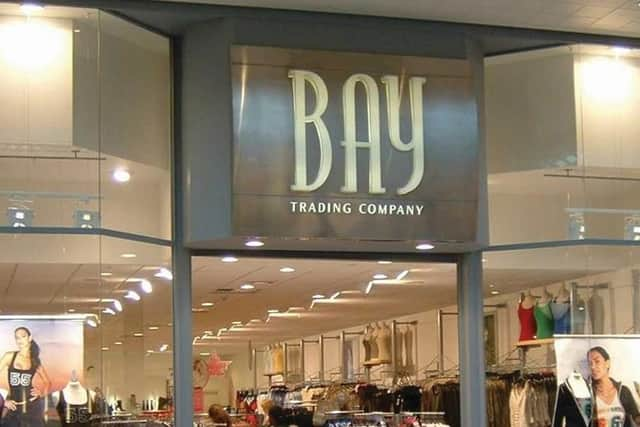

Shopping in Brum in the 2000s
Shopping went seriously upmarket when the Mailbox opened in December 2000, bringing all the designer labels to Brum in Harvey Nichols. Selfridges followed in 2003. But you can still shop in these stores, so what are the Noughties shops we miss?
When C&A closed in 2001, department store Beatties moved into the site on Corporation Street, only to close five years later. BHS was still around on New Street, closing in 2016.
The Noughties was when music streaming really took off with the launch of iTunes and Spotify, but those of us still buying records headed to Tempest on Bull Street and Reddington’s Rare Records.
Advertisement
Hide AdAdvertisement
Hide AdOther shops we loved which closed in the 2000s included the clothes shops Bay Trading Co and Ciro Citterio (for men’s suits and leather jackets) on High Street. And a special mention has to go to Woolworth’s in the Pallasades, which closed in 2009. We still miss the pick ‘n’ mix.
We can’t really say we miss Edgbaston Shopping Centre – the big Morrison’s is more useful – but the landmark site by Five Ways was demolished in 2008. The Fort Shopping Park in Erdington was newly opened (by Robbie Williams) and is still going, but we remember when you could shop in M&S, Topshop, Dorothy Perkins, Miss Selfridge and BHS there.
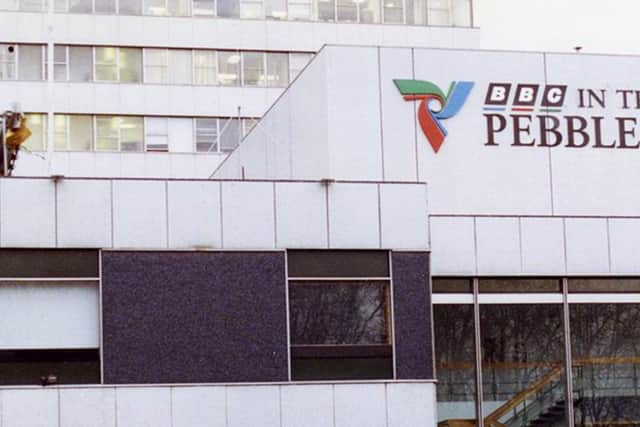

Where we hung out
We might have arranged to meet by the Forward statue in Centenary Square, before it burned down in 2003. That was sad, but how many really miss its polyester resin and bizarre colour? It was nicknamed the Lurpak statue because of its butter-like appearance.
We could watch programmes made at the BBC’s studios at Pebble Mill, like Call My Bluff, Gardeners’ World and Points of View, before it was demolished in 2005. It’s now Birmingham Dental Hospital.
Advertisement
Hide AdAdvertisement
Hide AdFor another way to entertain ourselves, we headed to one of the country’s biggest cinema screens. Sure, there are lots of cinemas in Birmingham now, but not one that’s five storeys high regularly showing the latest blockbusters.
IMAX cinema opened in 2001 at Millennium Point and closed 10 years later, although the building still hosts occasional themed nights. The Dark Knight and Polar Express did well at IMAX and it was the best place to watch Avatar in 3D in 2009.
A message from the editor:
Thank you for reading. BirminghamWorld is Birmingham’s latest news website, championing everything that is great about our city - reporting on news, lifestyle and sport. Find out more about who’s who in the team, and our editorial values. We want to start a community among our readers, so please follow us on Facebook,Twitter and Instagram, and keep the conversation going.
Comment Guidelines
National World encourages reader discussion on our stories. User feedback, insights and back-and-forth exchanges add a rich layer of context to reporting. Please review our Community Guidelines before commenting.